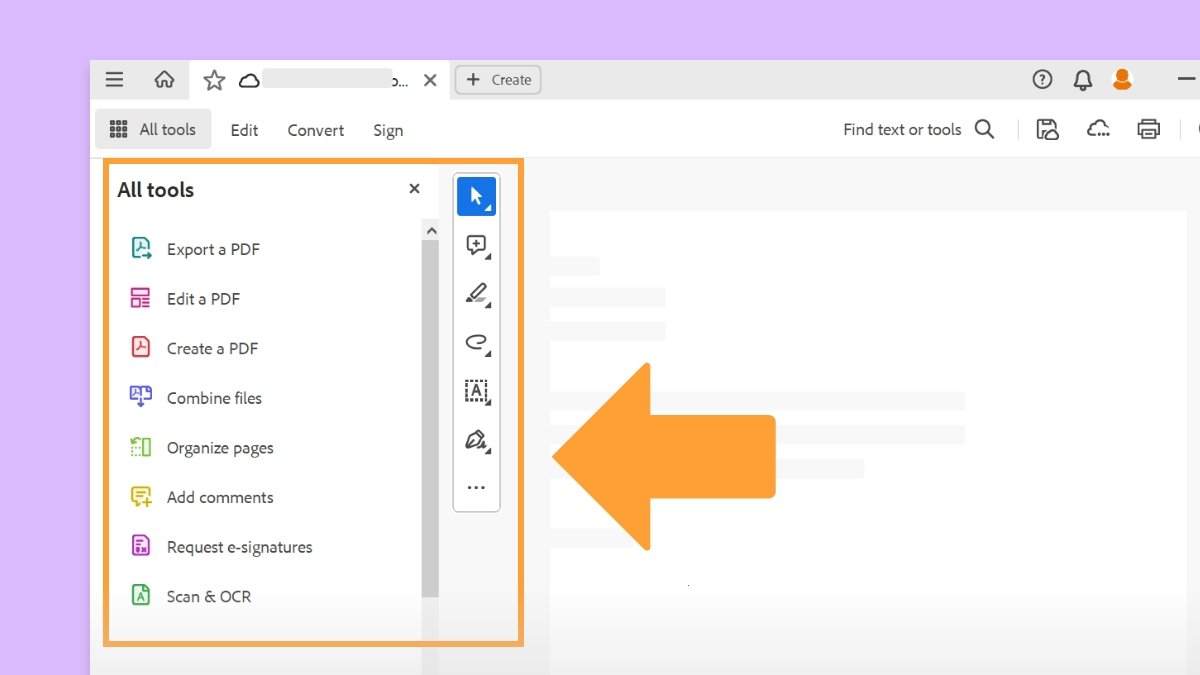Before you begin
We're rolling out a new, more intuitive product experience. If the screen shown here doesn’t match your product interface, select help for your current experience.
Before you begin
We're rolling out a new, more intuitive product experience. If the screen shown here doesn’t match your product interface, select help for your current experience.


The preflight variables are self-contained data objects that can be used to develop flexible and powerful workflows. It enables you to change the values of checks and fixups without changing the profile. The variables make it possible to check information or fix up at the time of execution of the profile, instead of having to predefine such information. A major advantage of using variables is the option to postpone the checks or fixups for processing PDFs to the moment when processing is started. You take a preflight profile and configure different jobs, each performing a different operation based on the variables you add in the job definition. You can choose different values for the operation each time.
Many aspects of preflight, such as profiles, checks, and fixups, can be handled through variables. Variables can be used to configure the following:
You can access the variable option while editing a preflight profile, checks, or fixups. When you select the variable icon,![]() a list of variables is shown. The variable used in the current context (profile, checks, or fixups) is shown first, followed by all the variables in the current library.
a list of variables is shown. The variable used in the current context (profile, checks, or fixups) is shown first, followed by all the variables in the current library.
In Acrobat Home, select See all tools > Use print production > Preflight.
In the Preflight dialog box, select the Profiles panel, and select Edit next to the profile name you want to edit.
Select the variable icon. ![]()
Select New Variable. The Preflight: New Variable dialog box is displayed.
Specify the following parameters for the new variable:
Select OK.
In the Preflight dialog box, select the Select single checks  option, and then select Options > Create Check.
option, and then select Options > Create Check.


Under the Property section, select the property and select Add.


Select the variable icon![]() , and then select New variable.
, and then select New variable.


Create a New Variable and specify the value. To assign the value to the added property, select a variable from the list of all variable keys.
The variable key is displayed as <key: value> in the respective field (for text input fields or pop-up menus) or next to it (for checkboxes).
The variable option is not available for all the properties.
Select OK.
To unassign a variable, remove the entry in the text input field. To select a different variable, select the variable icon and select a variable.
When you run a profile, check, or fixup that contains one or more variables for which input is needed, the Preflight: Specify Variable Value dialog box is displayed.


To check for additional information on the entered value, select the ![]() icon.
icon.


Enter the new values or leave the pre-populated default values. An error is displayed if the entered value is incorrect.


The variables value also appear in the preflight Results report.


Work smarter with Acrobat on your desktop
Create, edit, and organize PDFs with powerful tools that help you stay productive anywhere.